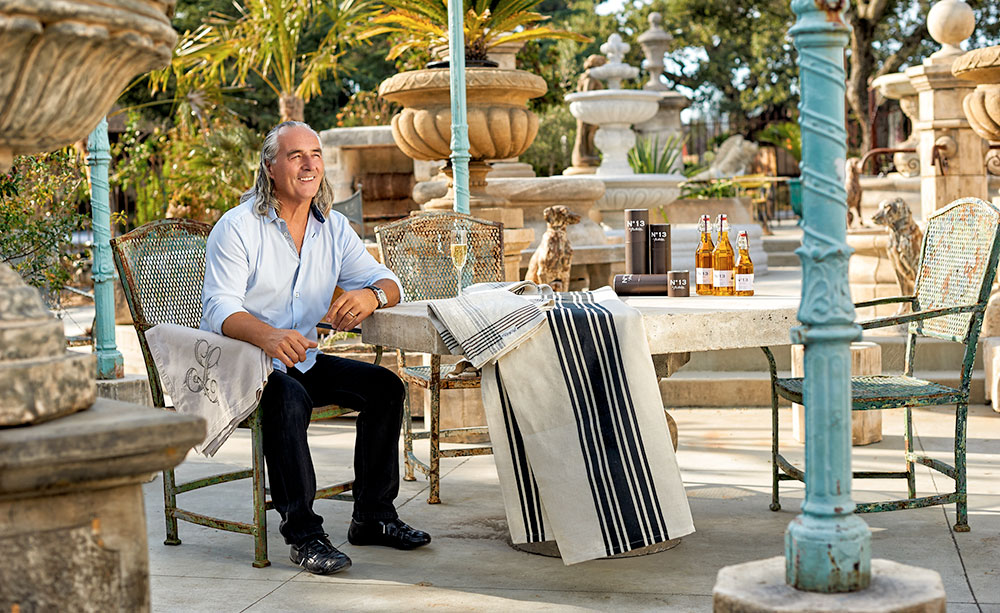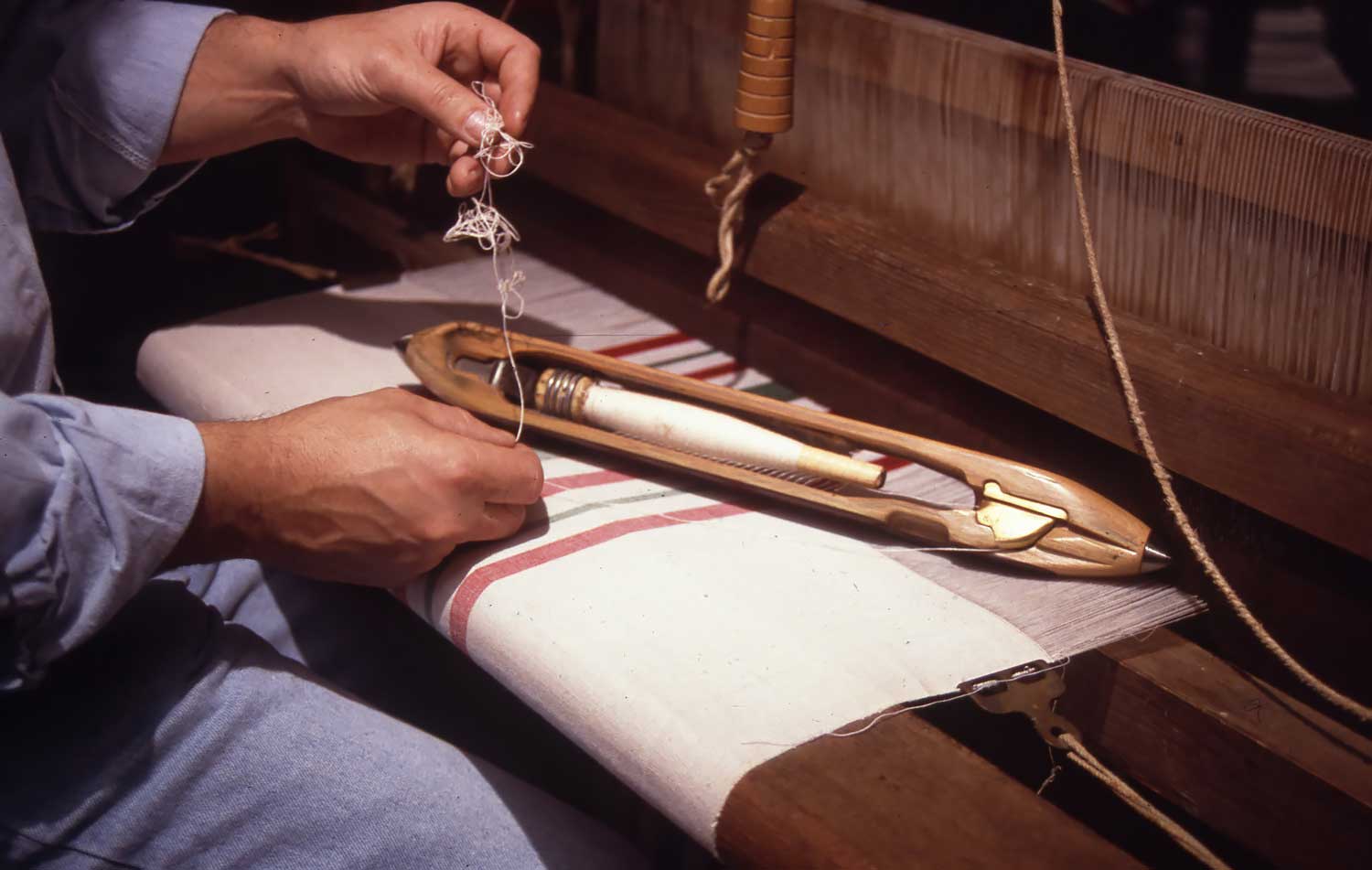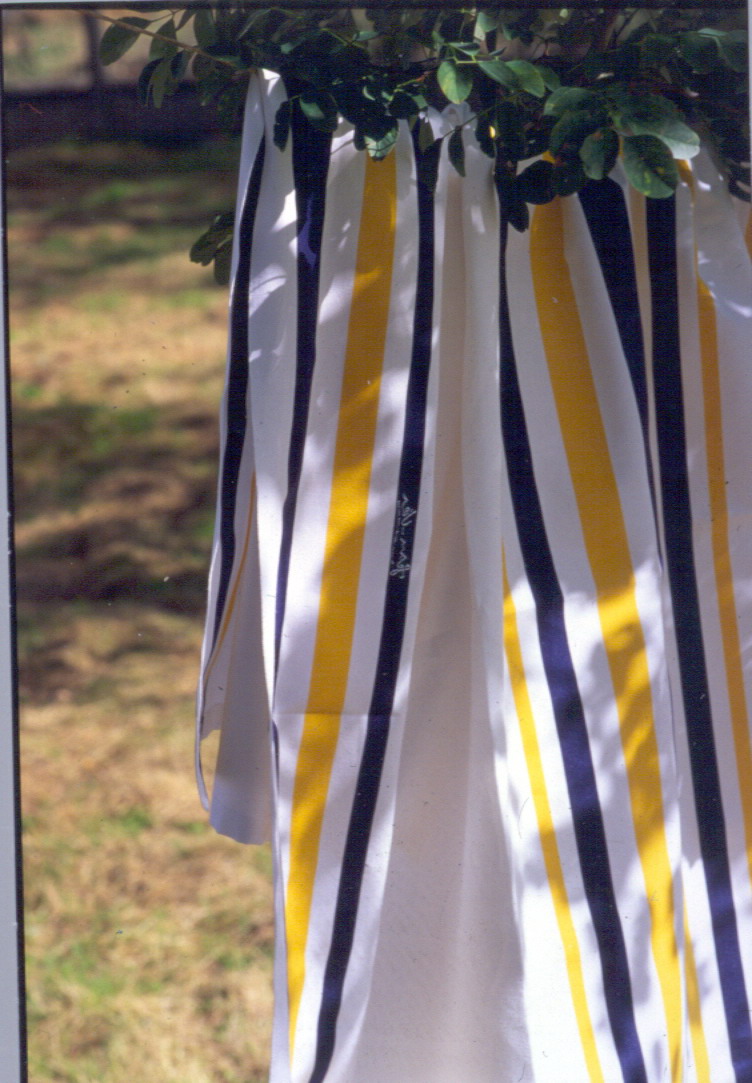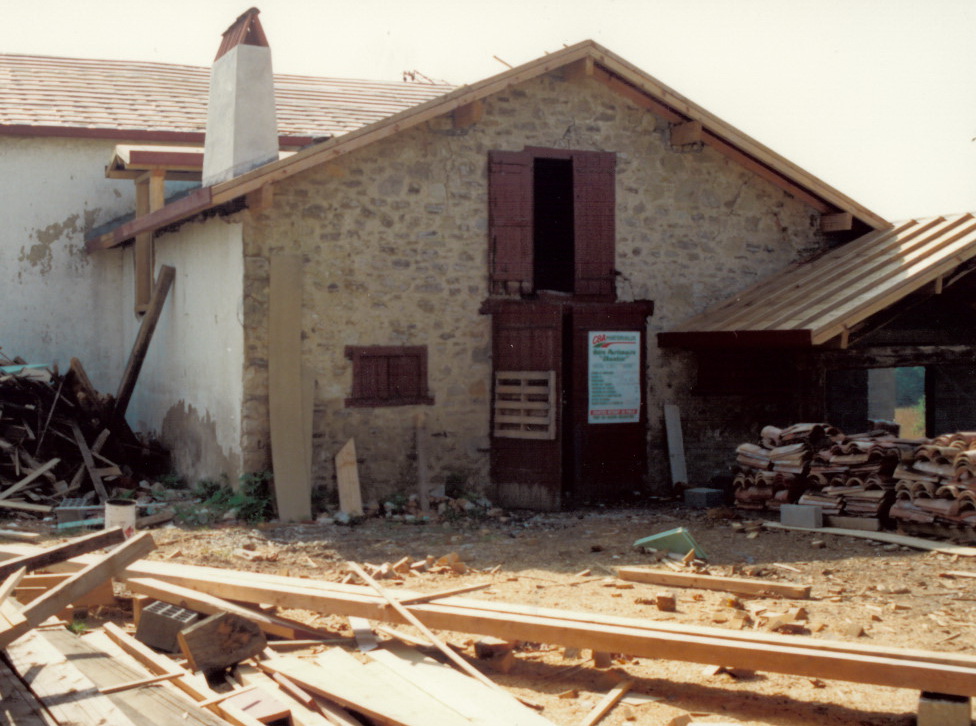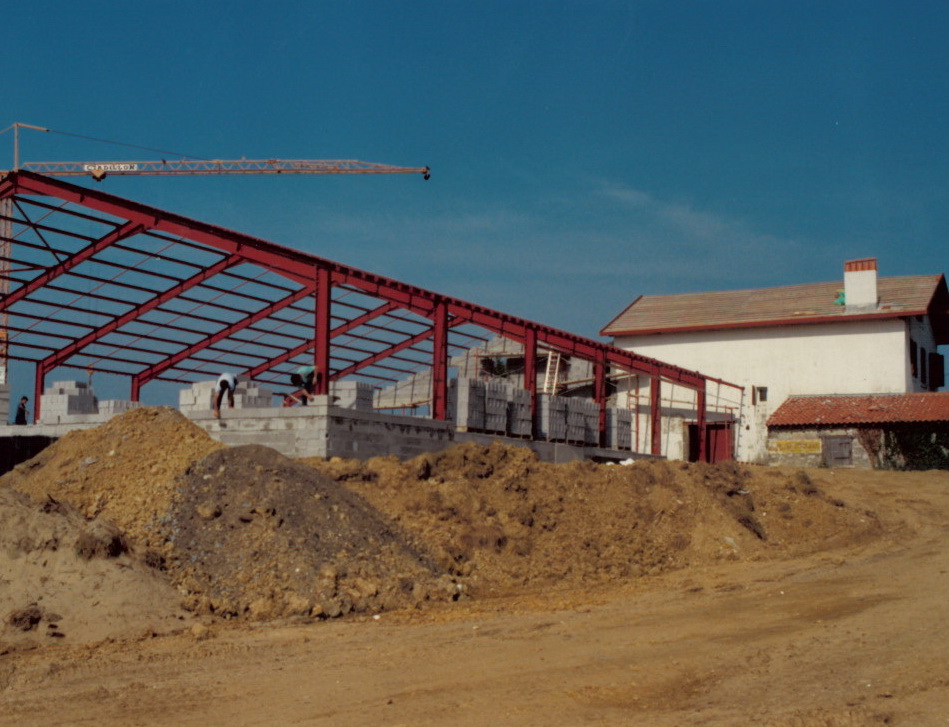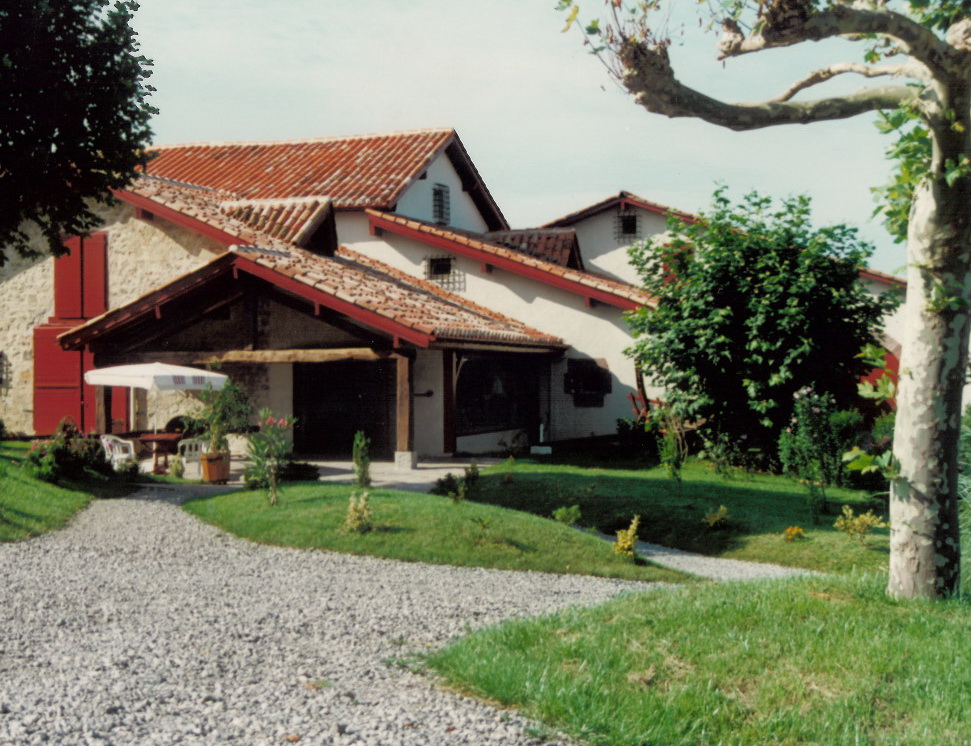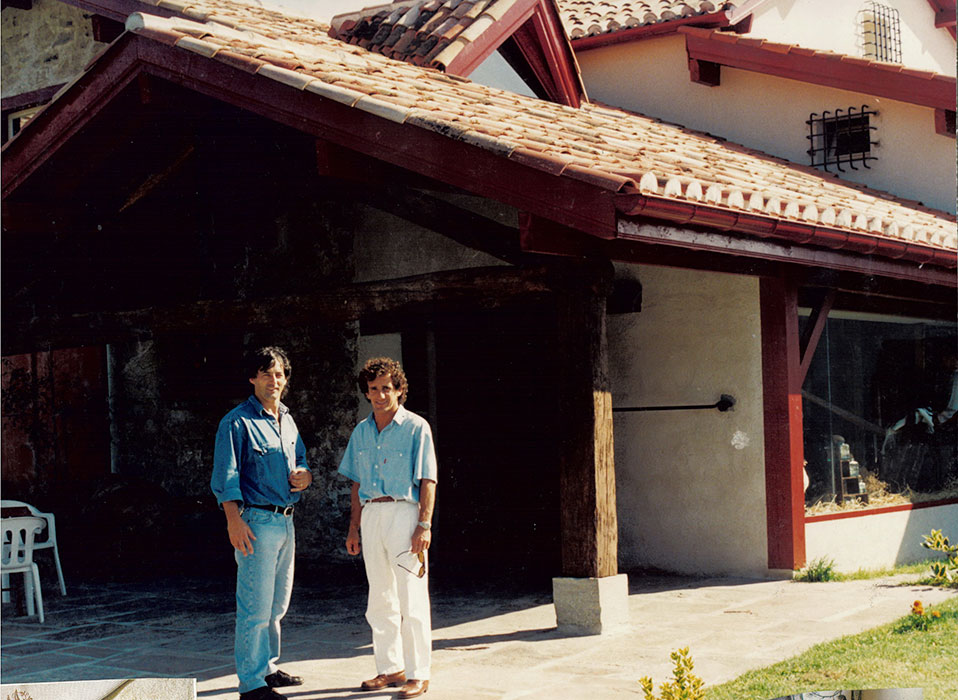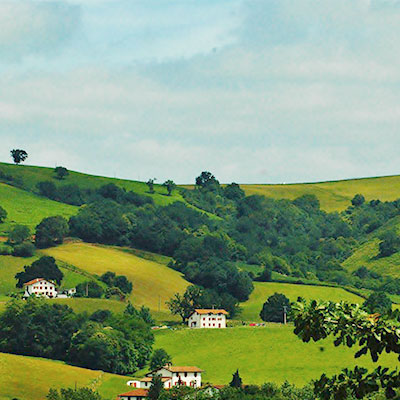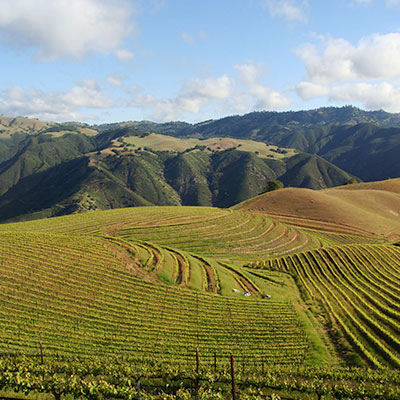Introduction
I was born in the Basque region of southwestern France. My first work, as an apprentice with expert cabinetmaker M. Lalanne taught me pride in workman ship and the honor of manual labor. Everyone — my parents and M. Lalanne, certainly — expected me to stick with this and become a cabinet maker. Something in the heart refused. Instinct led elsewhere.
Playing hop-skip with history, I’ll jump over the then-required stint in the French military and my successful lark of running one restaurant that led to the exhaustion of owning four, to a day in 1977 at the Bayonne auction. I was aware of an “itch” — a sense that I was looking for something new, but had no idea what. I went to the auction in Bayonne (the largest city in the French Basque region) for general enjoyment—to learn something. Who knew what it would be? Not me, certainly. Although I am naturally goal oriented, I also recognize that growth can come from spurts of vague desire, not always by design. Intuition is sometimes smarter than logic.
[…]Growth can come from spurts of vague desire, not always by design. Intuition is sometimes smarter than logic.
– Jan de Luz –
The Bayonne auction is diverse. Part of the fun is digging around, looking for oddments. Set aside on the ground, I saw a pile of wood and metal with some bits of cloth on top, apparently an old Basque hand loom, for anyone wanting to try putting it together again. The wood looked good, but there was no way to be sure all the parts were there. And why would I want an old Basque loom? I’d never woven anything, or had an idea I ever would; but it seemed full of life. Someone had used it, worked and produced useful things with it for years. For some reason, I raised my hand to bid. There was no competition. I bought it for hardly anything.
I carried the loom home to my garage and immediately started laying out the pieces. Eager to find out if I could figure it out, I was suddenly aware that while I had worn clothes all my life, bought restaurant linens, knew what type of bath towels I liked, and knew cloth was, well, part of the fabric of life, I had never seriously thought about how cloth was made. I don’t know why, but that day a new fascination lit my heart.
The History of Basque Linen
Assembling the loom wasn’t easy. I had to feel my way, often realizing the value of technique I’d learned with M. Lalanne. Figuring out what each piece did and how the whole worked together wasn’t easy, and required a huge amount of time, absorbing all the spare hours for nearly four months, but it was challenging and interesting.
As I worked, I thought about the process of weaving, and decided I would try to recreate the piece of fabric that remained in les lices, a piece of flat-woven, natural linen with seven blue stripes of varying widths. I took the bit of cloth to a bouvier (cattleman) in Urrugne (Basque cattle country), who confirmed that it was, indeed, part of a mante à bœuf —a traditional Basque cattle blanket put on after the morning climb up the Pyrenees to the fields. The cattle would get hot walking up the mountain. The mantes à bœuf absorbed the sweat, slowing the cooling and protected the animals from the hot sun. A caring bouvier would also tie on cloth or lamb’s wool eye shields to protect from pestering flies, allowing the cattle to rest more favorably.
A few days later, I went to the museum in Bayonne to do more research. I learned that the seven stripes signified the seven Basque provinces; that each color identified a village; and that the width of the stripes indicated the wealth of the landowner.
In ancestral times, most Basque farms were virtually self-sufficient. Along with the usual assortment of farm animals, an orchard and vegetable garden, farmers planted flax. The Pyrenees have a good climate for flax because of its humidity. When textile weavers needed great volumes of linen, they moved flax production to flatter country in northern France, Belgium and Ireland. For self-sufficient farmers in the Pyrenees, though, flax makes linen, and cloth was as essential for survival as the work animals. When harvested and dried, a member of the family or an itinerant weaver would clean, thread and weave the flax, supplying the cloth needed for summer clothes, bedding, kitchen uses and animal care, including the mantes à bœuf. The larger farms would schedule an itinerant weaver to come to live on the farm for a fortnight or more to do that year’s weaving.
Stoked with fresh know ledge about flax and weaving, I finished assembling the loom. All pieces still worked and seemed reasonably robust, but teaching myself how to weave well enough to match the cloth found with the loom was not easy. It was a good six month s before I produced cloth that satisfied me. Through trial and error, I mad e some small pieces, designing in my head a line of contemporary linens based on the ancestral design. Instinct told me others would like fine quality linens that echoed a forgotten art.
The instinct proved itself. I sold my first major piece, a blue-striped tablecloth. And then I made another, and sold that one, too…
Soon, I moved the loom down to the historic House of the Infante and set up shop , sitting by a window onto the port —weaving, designing, holding faith—and found that people not only stopped to watch, but came in to buy and to order particular items in specific dimensions. I hung finished pieces from the ceiling of the workshop, to wave in the breeze like a dream alive.
Flax production in the Basque country ended in the early 1900’s, so I had to find sources from northern France, then also from Belgium and Ireland, and later from Romania, Poland , Russia and even China, always searching for the best available. I expanded the designs—from tablecloths, place mats and napkins, to aprons, dish towels and later bath towels, robes and blankets. With each new design came more customers and more ideas. I learned the art of producing the finest quality, and sales grew steadily. I opened a retail store in St. Jean de Luz, had to hire a production team, and was soon opening a second store about 55 kilometers (35 miles) away in St. Jean Pied de Port, the starting point for le chemin de Saint Jacques de Compostelle, the famous pilgrim- age through the Pyrenees for the devoted, history-minded and athletic.
Success Grows
As success grew, so did my gratitude for the provident instinct that had led me. Two stores became four. Designers were using my fabric for couture! Four shops popped to ten.
To stock the stores, I had to keep designing and managing steady production, of course, but also found a new joy—locating great old vitrines (store displays, usually glass-fronted), tables, chandeliers, benches and other furniture for the stores. This sent me gleefully into the country, to auctions and to estate sales, on the hunt for quality antiques.
Often, I would return from these hunts to find that a customer want ed to buy one or more of the store displays. This was always happy news, for it gave me another trip into the country, and these explorations were always full of discovery.
One of life’s natural graces is that, one good instinct leads to another.
The Eco Museum
Meanwhile, I kept thinking, especially when traveling through the countryside, how sad that so much Basque tradition was being lost in the pace and transitions of life. How can we capture it? I kept asking, until it became simply apparent. The way to do it is just to do it.
A farm on Route Nationale 10 on the way into St. Jean de Luz became available and step-by-step—one problem solved, then over the next hurdle, with the help of friends and community—the first éco-musée in France opened, welcoming everyone to the traditional Basque culture and crafts.
Below are some pictures of the ground-up erection of this historical and cultural museum. In the final picture, you can see Jan with Alain Prost, a Chevalier de la Légion d’honneur, former French racing driver, and four-time Formula One Drivers’ Champion
I started with what I knew best—the ancestral needs of flax-to-linen production and mantes à bœuf.
Then, we added displays for the major elements of Basque culture — language, music, dance, architecture, food, sports — and detailed the original Basque crafts — the espadrille and makila, (traditional walking stick made of medlar wood).
And, because this is a Basque place, we created space for children to play.
I was a happy, gratified man.
The move to Carmel, California
I first saw Carmel Valley in 1979, coming over with my first sale of linens for an American restaurant, Casanova in Carmel, a fine restaurant owned by a fine Belgian man, Walter Georis. I was bewitched. Deep in the Valley, the landscape has the premier virtue of looking a lot like the Pyrenees—mountains rolling down to the sea. These hills are not as high and tortuous as the Pyrenees, but evocative, and sunnier, warmer.
The dream of living here didn’t evaporate. Almost two decades later, after being sure that my wife would love it, too, I sold the French stores and European production, and moved the family over in 1996.
In the eight years since unpacking the crates, we have established production of the linens, opened three company-owned retail stores and two licensees, and greatly expanded the second aspect of the business—antique furnishings and architectural elements.
And whats most exciting is the embracing American spirit. The liberty here is startling. The openness is demanding and refreshing. I delight in the irony that my business success relies on “young” America appreciating the quality of artisan linens and antiques with the luxuriant patina of time.

